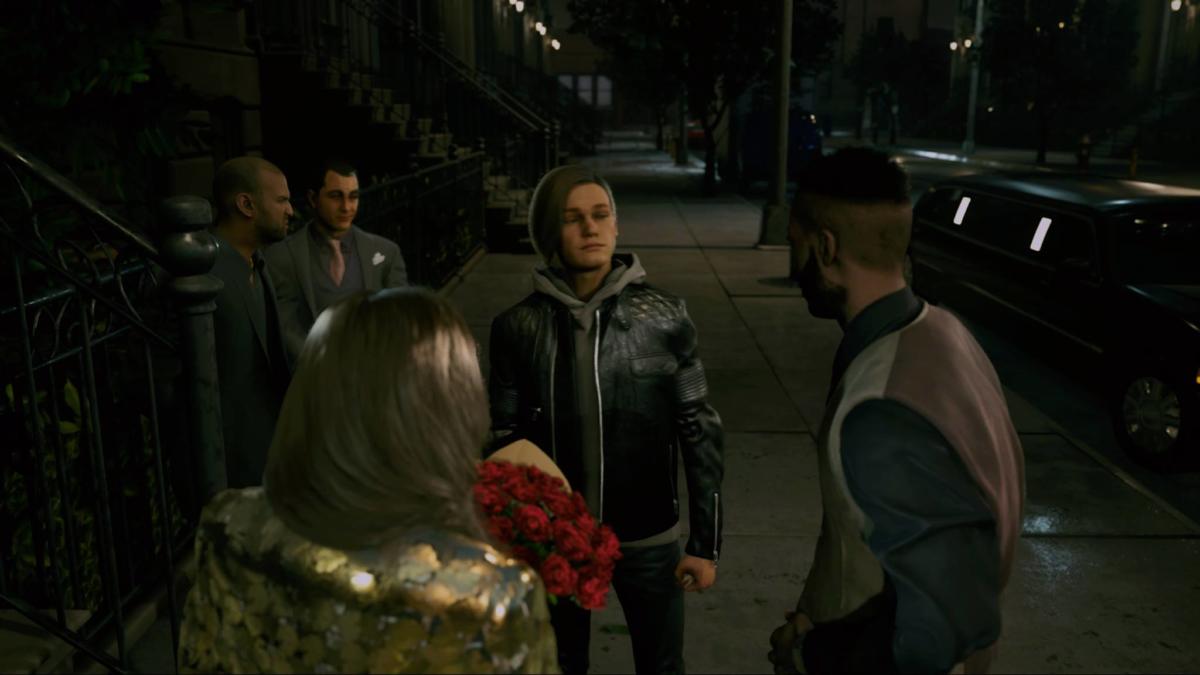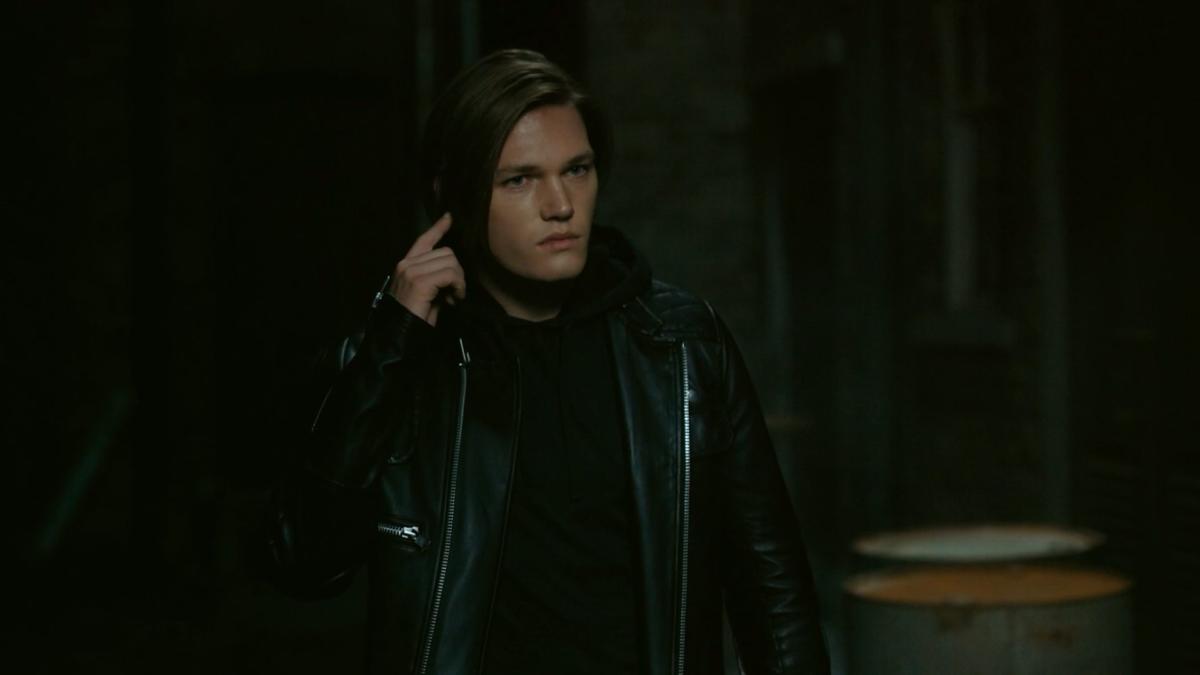On the 1st November 2018, Square Enix and Humanhead Studios collectively dropped what’s being referred to as The Room of video games: The Quiet Man. We reviewed the game earlier this week and found it to be a dumpster fire of the highest calibre, managing to completely balls things up in every conceivable way.
The core conceit of the game is that main character Dane is deaf, which is reflected by the entire game having a weird muffled/underwater filter over the entire audio track. As you might imagine, the game turned into a sloppy, confusing shambles of a game, and that’s without talking about how fundamentally broken the actual gameplay is.
After the credits have rolled, you’re given a countdown timer leading to a patch which promised to answer all the questions, except it doesn’t. After finishing a second playthrough, because I clearly didn’t hate myself enough the first time around, the biggest question I have is “how the fuck did this game get greenlit?”
In fairness, adding sound does improve the experience in one or two ways. Firstly, being able to hear the sounds of attacks hitting makes the combat feel a little more impactful. The animations are still woeful, so it’s hardly a fix, but it helps just a little bit. Secondly, those six minute FMV cutscenes where people clearly spout exposition are now given context, so at least you’re given a reason to pay attention.

That said, there’s something about adding sound to The Quiet Man that makes the whole game seem even worse than it did before, if that’s even possible. It turns out that masking the audio of the game did a good job of hiding some awful voice over work for starters. Big “emotional” moments are performed with such a cringe worthy delivery that would actually make Tommy Wiseau proud. That “The Room” comparison was more apt than people realised.
Giving context to the story also reveals what a tangled and silly web the story actually is. Spoilers for a game you shouldn’t really play in the first place, but it turns out that the girl who looks like your mum (she’s called LaLa as well, which is funny in and of itself) actually staged her own kidnapping because your secret handshake friend, Taye, is a bit of dick.
Better still, the detective, Ash, who follows Dane around is actually Dane’s dad. LaLa worked with him to stage the kidnapping while he used your repressed feeling of guilt about your mother’s death to manipulate you into destroying the two gang leaders, Taye and Isaac, who were there when your mum got shot. Oh, and the boss fight with him at the end of the game is him trying to atone for being a massive piece of shit and a terrible father. If your brain has started oozing out of your ears yet, that’s normal.
There’s a lot going on here, and the game struggles to really convey everything, leaving plenty of plot holes in its wake. The eponymous “Quiet Man” is Dane’s manifestation of his guilt, though it still doesn’t quite explain the whole Crow-like resurrection at the end of the game, but that’s besides the point.

Ash leaves clues and references to The Quiet Man all over town and yet never seems to connect the dots that his dad knows about it. Ash was there at the psychological meetings, Dane, you floppy haired fool. The relationship between Ash and LaLa is also never really explained besides “oh, she looks like my wife”.
Dane also appears to be selectively deaf. There are conversations where he’s clearly not looking at what the other person is saying, or the other person has their mouth obscured, yet he’s able to carry on interpreting the conversation like it’s nothing. A bit of consistency would have been nice, thanks.
That inconsistency extends to the overall theme of The Quiet Man, because it’s trying too hard to be two different things at once. From its most basic premise and setting, you’d be forgiven for thinking that The Quiet Man is just your run of the mill, dark and gritty thriller, but the more you peel back the layers, the more the game begins to resemble an anime/manga.
Think about it: you’ve got an emotional protagonist with a dark past harbouring some sort of demonic “inner power”, even if that power is repressed guilt. Remember kids, just don’t properly acknowledge your feelings and you too can beat up the same three gangsters in dark alleys and dilapidated apartment buildings.

On top of that, you’ve got an unnecessarily complicated plot with a character at the center pulling everyone’s strings, the credits play out like a music video and Dane can pull off some ridiculous moves in combat. It’s textbook anime fodder, but there’s something lost in translation when the story plays out in FMV form.
If the story stuck to either the gritty, noir style with a damsel in distress story that gets turned on its head, or the anime style where Dane can use his inner guilt to destroy the criminal underworld from the get go instead of just one confusing end game sequence, the game would probably have more “success”. At the very least, it would feel somewhat cohesive. In this form, it feels muddled and confused, like it doesn’t quite know what it wants to be so it’s reaching for several influences in the hope of finding that one hidden formula.
At least when there was no sound, there was a level of mystique about what the game could be about, even if it was a mess. You were left to your own imagination to fill in the gaps on certain plots points, but now that the curtain has been pulled back, all that’s left is an even bigger, dirtier mess. Just avoid this game like plague. I’ve played it, now you don’t have to.
MORE GAMING:
– Microsoft Reveals More Details About Their X018 Event
– Brawlhalla Now Available On Xbox One And Switch
– 11-11: Memories Retold (PS4) REVIEW – Inconsistent But Engaging
Some of the coverage you find on Cultured Vultures contains affiliate links, which provide us with small commissions based on purchases made from visiting our site.

